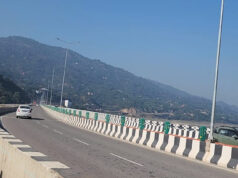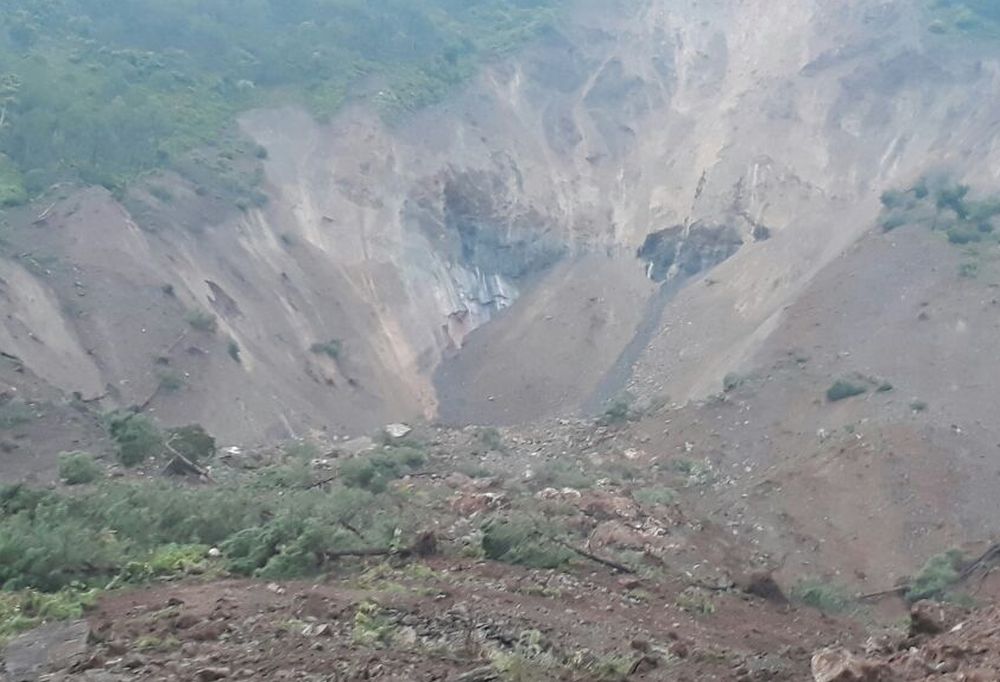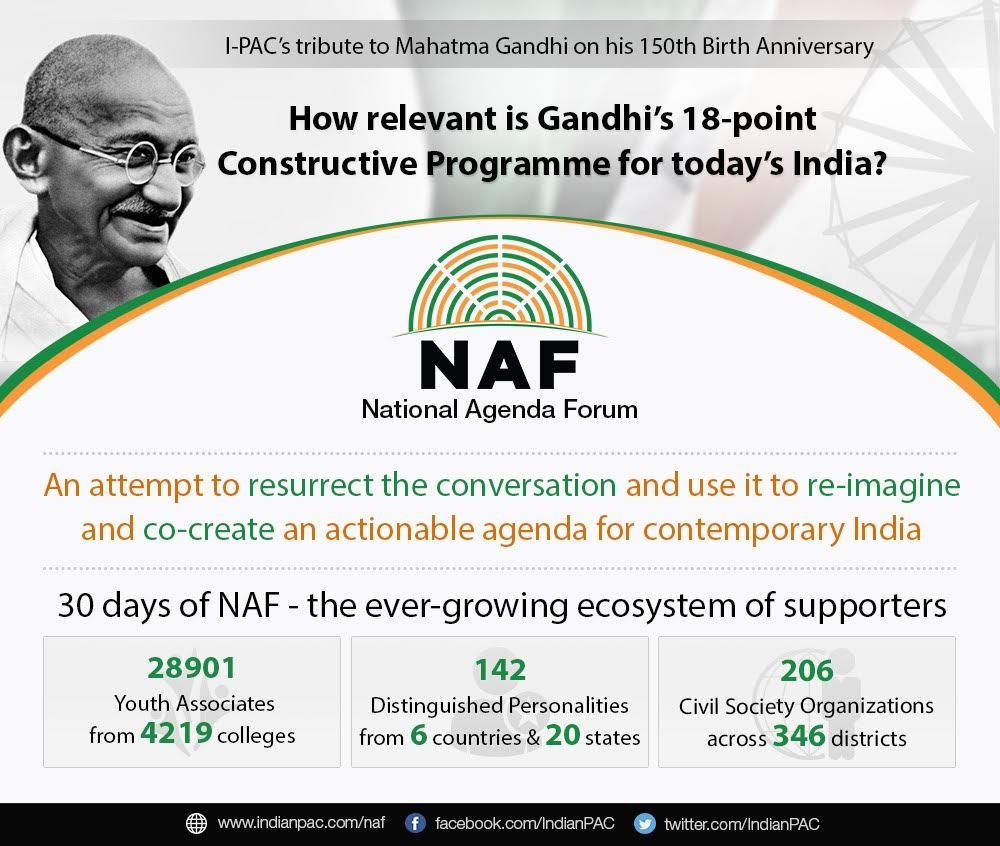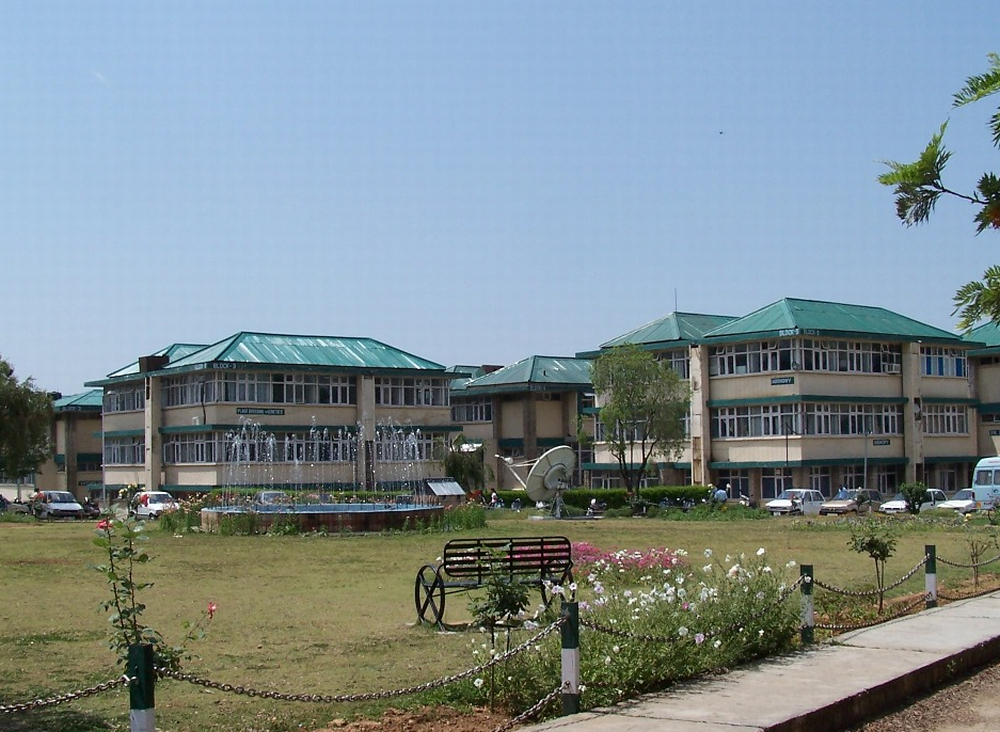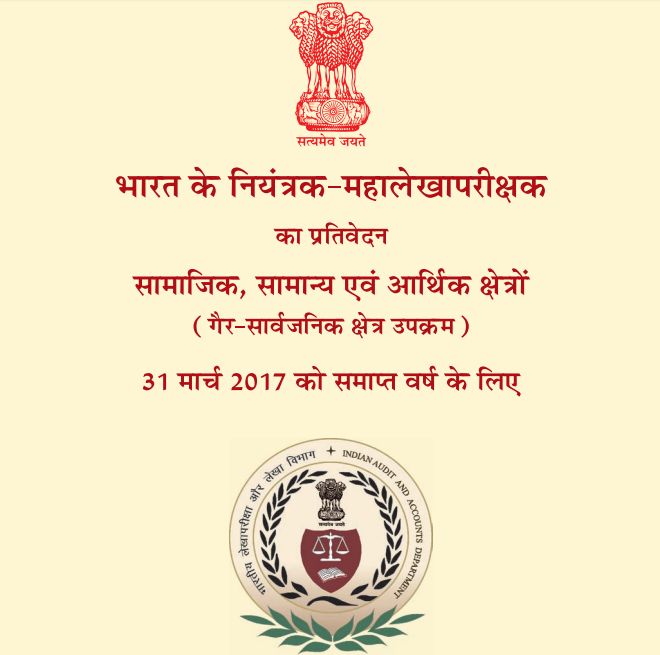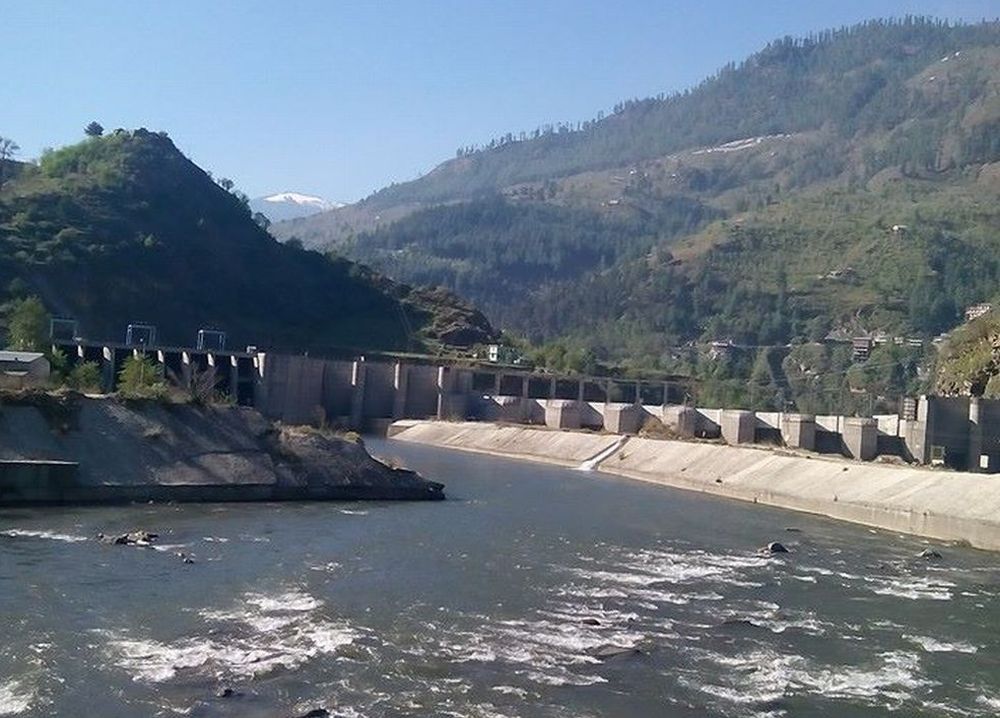Execution of flood protection projects were carried out without adequate planning: no basin-wise comprehensive action plan for execution of flood protection projects
Himachal Pradesh being predominantly a hilly State forms catchment of five major rivers- Beas, Chenab, Rabi, Satluj and Yamuna and their tributaries. These rivers and tributaries flow through steep slopes at high velocity causing erosion of cultivable land besides heavy loss of life and property during floods.
The state has an estimated 2.31 lakh hectares in Chamba, Kinnaur, Kullu, Mandi, Shimla, Sirmour and Una districts floods prone area. The State had faced several major floods since its inception in 1971 in which about 309 persons lost their lives and 1,905 livestock perished besides causing estimated loss of properties of more than Rs. 2,385.45 crore.
Main causes of floods in the State include cloud bursts in the catchment areas of rivers, heavy rainfall in upper reaches, sudden burst of man-made dams, natural lakes, landslide leading to obstruction of flow and change in river course and tectonic movement leading to slope.
The state government has claimed for taking various initiatives to minimize damages from flood, but a performance audit of implementation of flood protection projects in the State of Himachal Pradesh shows altogether opposite picture.
CAG performance audit showed that execution of flood protection projects were carried out without adequate planning and proper monitoring. The report also reveal that projects were unduly delayed and resulted in loss for the state exchequer.
Audit shows that the department had neither made scientific assessment of flood prone areas nor prepared basin-wise comprehensive action plan for execution of flood protection works. Out of 2.31 lakh hectares estimated flood prone area of the State only 25,116.21 hectares (11 per cent) could be covered as of March 2017.
Absence of morphological studies in construction of flood protection projects during 2012-17 and non-planning of all structural and non-structural measures were unlikely to achieve better results to control and mitigate disasters by floods, a CAG performance audit further revealed.
Against seven Flood Management Programme projects approved during 2008-13 and stipulated to be completed during March 2012 to March 2017, only four projects were completed and embankment of kms 275.873 (50 per cent) against the target of kms 548.995 was constructed upto March 2017.
Robust flood forecasting system was non-existent in the State and the Department had not constituted standing committee and review committee for joint inspection of critical flood protection maintenance works and review of major works respectively.
Floods are natural phenomena but its impact can be reduced by better preparedness through a comprehensive and effective Flood Management Programme. With the revelation of CAG audit it’s evident that planning for flood management was not done in as pro-active a manner as desirable as the Department had neither made scientific assessment of flood prone areas nor formulated basin-wise comprehensive action plan for speedy execution of flood protection works. Further absence of morphological studies for execution of flood protection projects were unlikely to achieve better results to control and mitigate disasters by floods.
The CAG has recommended formulating a basin-wise comprehensive long-term master plan for flood protection works based on scientific assessment and morphological studies of flood prone areas and frequency based inundation maps and digital elevation maps for flood affected areas in the State to ensure speedy and effective execution of flood protection works.


